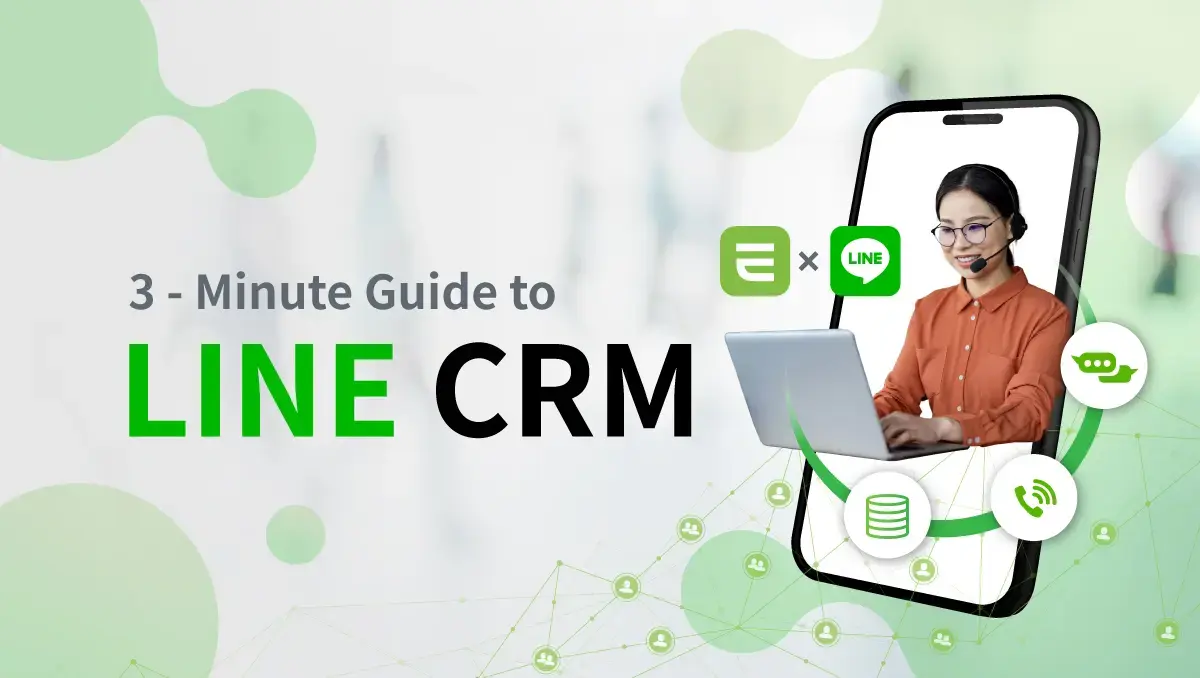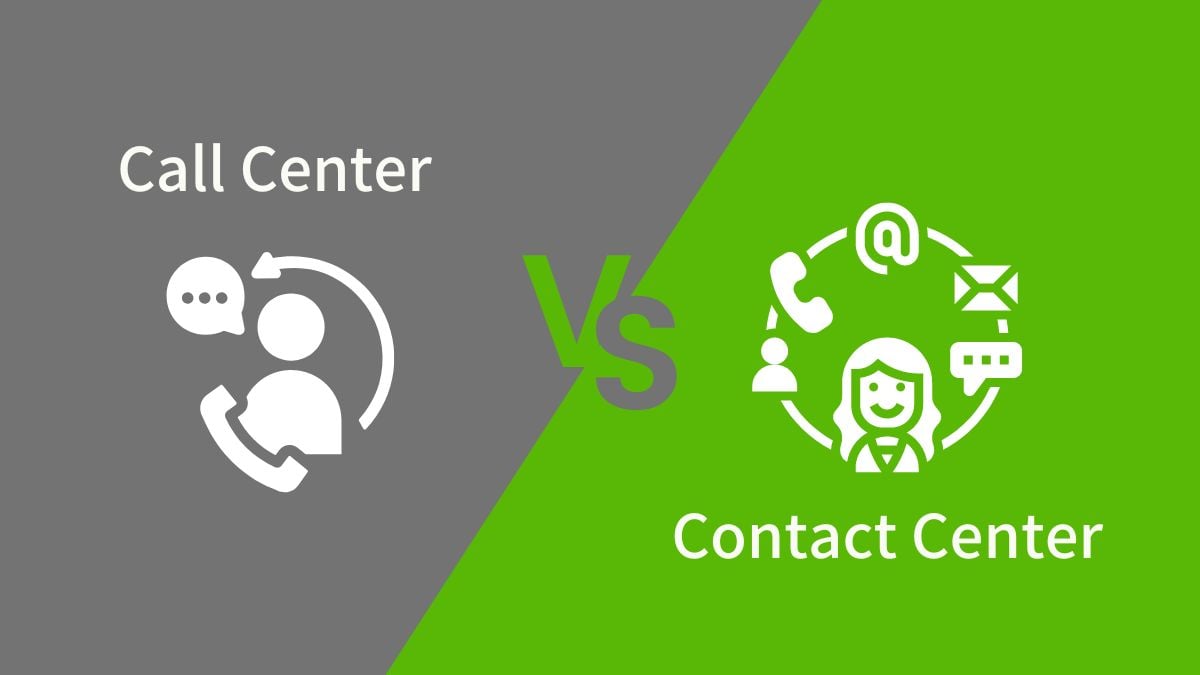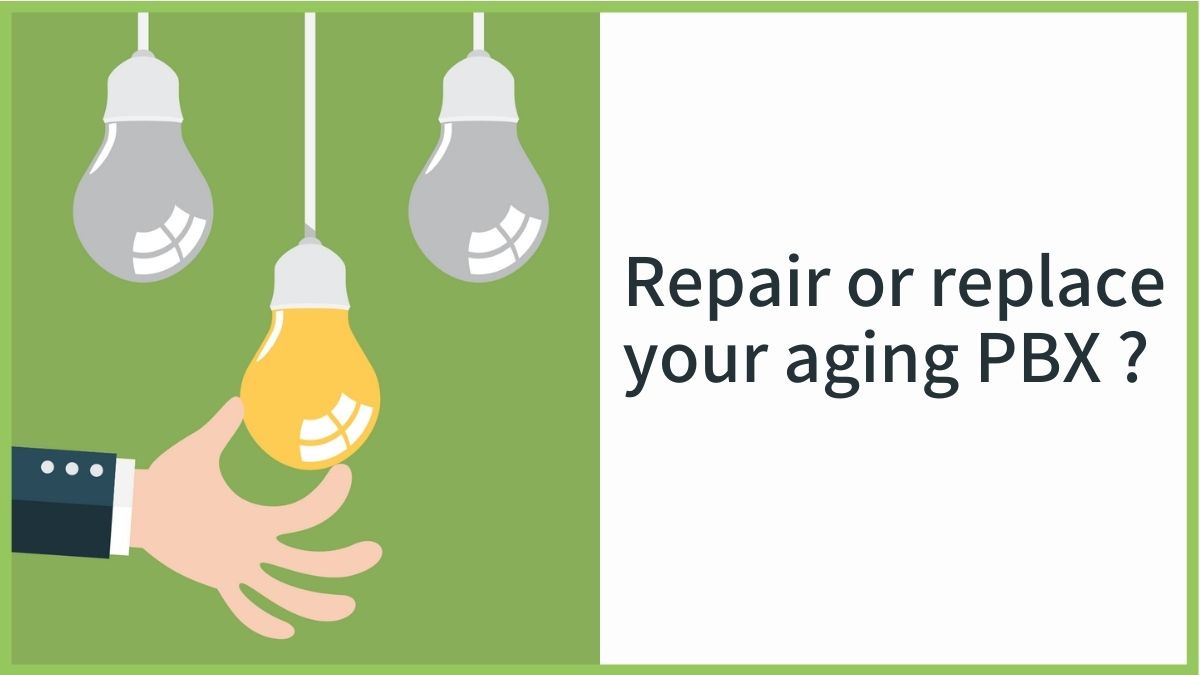Is a recording box enough? Learn how to choose the right office call recording solution by comparing features, setup, costs, and compliance needs.

“I never said that.”
“Why didn’t we get the discount your sales promised?”
“Your support team told me Plan A was right. Now they say Plan B?”
Disputes like these are common following a business phone conversation. Without call recordings, it is difficult to verify what was actually said and determine who is responsible. That’s why more companies are adopting office call recording systems. Call recordings help ensure transparency and compliance across customer service and sales and foster internal collaboration.
So what factors should a business consider when choosing between traditional hardware-based recording and a cloud call recording solution? In the following sections, we’ll break down the differences to help you make a smart decision.
A practical guide to choosing between cloud recording and recording boxes
Call recording plays a key role in business communication. Both traditional recording boxes and cloud-based systems have their own strengths.
A recording box is easy to install and is suitable for small offices. However, it requires direct phone line and computer connections, supports only a limited number of lines and must be expanded with additional hardware. Files are stored locally on hard drives or memory cards, which makes management harder. Most recording boxes also cannot integrate with CRM or support systems.
Cloud recording offers more flexibility and easier management. It stores all recordings securely online, supports both internal and external calls and allows AI-powered search. It also integrates with ERP and CRM platforms, scales without hardware limitations and meets enterprise-level security standards.
The table below summarizes the key differences between the two options:
| Recording Box | Cloud Recording | |
|---|---|---|
| Storage Method | Stores on memory card or hard disk drive; data loss is more likely | Automatically stored in the cloud |
| Internal/External Call Recording | Only supports external lines |
Supports both internal |
| Recording Management | Manual search, sorted by time | Multiple sorting options, AI search, quick retrieval |
| Equipment Requirements | Requires long-term connection to a computer |
No additional hardware required |
| Scalability | Supports limited number of phone lines; expansion requires new hardware | Flexible cloud-based scaling |
| Maintenance Costs | Requires regular hardware replacement or repair | No hardware maintenance; reduces IT workload |
| System Integration | Cannot connect to external systems | Integrates with CRM, ERP, and more |
| Data Security | Higher risk of data breach | Meets enterprise-level security standards |
(The comparison is based on typical recording boxes and EVOX cloud recording features. Actual functions may vary by brand.)
If your business is still small and only needs basic outbound call recording, a recording box may serve as a short-term solution. However, if you’re looking to improve management efficiency, ensure data security, and support both inbound and outbound call recording with remote access, cloud recording will likely be a better long-term fit.
Key features of cloud recording
When businesses implement call recording, the goal isn’t just to store the audio files — it is to manage and use the recordings effectively. Cloud-based call recording offers more flexible storage options, enhanced by AI and smart management tools, that help unlock the full value of every conversation.
Always-on and trigger-based recording
Some industries, such as customer service centers and financial institutions, require full-time recording to ensure every conversation is documented. For sales teams or internal communications, trigger-based recording can be used to capture only specific calls or conversations containing certain keywords. This reduces unnecessary data storage and helps lower associated costs.
AI-powered transcription and search
Traditional recordings are time-consuming to review, often requiring repeated playback to find key information. Cloud recording solutions use AI to transcribe conversations into searchable text. Managers can locate critical segments instantly by entering keywords. AI analysis also helps identify recurring issues, reducing the risk of potential customer complaints.

Centralized management across multiple locations
Physical recording systems store files locally, making cross-location access difficult and prone to data loss. With cloud recording, authorized users — such as branch offices, remote teams, or traveling managers — can access recordings anytime, from anywhere. Role-based access controls ensure data remains secure.
More info:
Free calling between branch offices or shopsExternal versus internal call recording scenarios
Call recordings are useful in many different situations. To choose the right recording solution, businesses first need to understand the key differences and use cases for external and internal call recordings.
External call recording
External call recording is suitable for all customer-facing communications, such as customer service, sales, or technical support. By recording these conversations, businesses can avoid disputes and boost customer satisfaction.
External Call Recording Use Cases


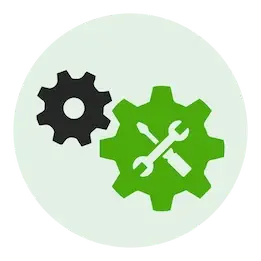

Internal call recording
Internal call recording is ideal for internal meetings, cross-department collaboration, and personnel management. It helps reduce communication errors and ensures operational compliance.
Internal Call Recording Use Cases
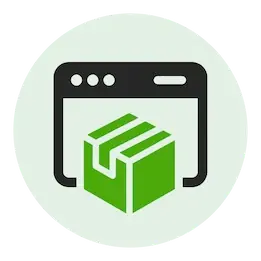



Why should businesses choose cloud recording? Key benefits summarized
Cloud recording isn’t just about saving calls. It is a critical tool for improving service quality, strengthening operations and protecting business interests. Compared to traditional recording boxes, cloud solutions are easier to scale, offer better data security, and can leverage AI analysis to boost efficiency.
When business competitiveness depends on precise decision-making and efficient communication, the limitations of hardware-based systems are no longer sufficient. Now is the time to break free from outdated equipment and choose the smart, secure EVOX cloud recording system to help your business reach new heights.


